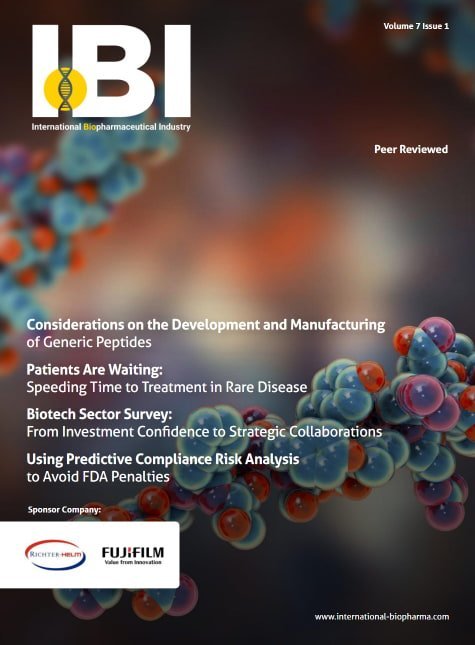
- Rare disease company Ultragenyx Pharmaceutical is due to soon receive key mid-stage data from its two lead gene therapy programs that, if positive, could pave the way to pivotal trials and submissions to the Food and Drug Administration.
- Ultragenyx acquired the the treatments for rare metabolic diseases through the $151 million buyout of Dimension Therapeutics in 2017, an unusual and expensive gamble for a company that at that time had no marketed products. Data allowing the so-called DTX-301 and DTX-401 to advance into late-stage trials could be a trigger for bigger companies to explore a deal for Ultragenyx.
- DTX-301 and DTX-401 are part of the biopharma sector’s rush into gene therapy. The FDA expects to approve 10 to 20 such products a year by 2025, and small biopharma companies developing them are viewed as attractive acquisition targets.
Ultragenyx was a rare disease company pursuing older technologies — monoclonal antibodies and enzyme replacement therapies — until it read the writing on the wall and acquired Dimension for its gene therapy platform.
The two lead products from that acquisition are for metabolic disorders: DTX-301 for a condition called ornithine transcarbamylase (OTC) deficiency, and DTX-401 for glycogen storage disease type 1a (GSD1a). The company uses adeno-associated virus serotype 8 to deliver functioning genes encoding for key proteins — OTC for DTX-301 and glucose-6-phosphatase for DTX-401.
Both are in dosing trials, with the last of three groups in the DTX-301 study and the second of three cohorts in the DTX-401 trial currently receiving the dose expected to be advanced into Phase 3 trials. The company expects results from these two cohorts in mid-2019. Investigators will enroll a third group of patients in the DTX-401 study to confirm results from the second group.
Should the two therapies emerge from these two tests with no safety signals and showing signs of efficacy, it could make big biopharma companies more comfortable with the risk of a multi-billion-dollar acquisition. At today’s share price, the company has a $3.6 billion market capitalization.
OTC is an enzyme that detoxifies ammonia, and patients without it have a buildup of ammonia in the blood that can cause neurological impairment. Patients are treated with a combination of a low-protein diet to reduce ammonia buildup, combined with maintenance medications like Ravicti (glycerol phenylbutyrate) that can help metabolize ammonia.
The only cure is a liver transplant. The company says 10,000 people worldwide have OTC deficiency. It was in a trial for an OTC-curing gene therapy that Jesse Gelsinger died, an event that brought gene therapy research to a halt in 1999.
In one patient treated with a low dose of DTX-301 and one treated with a medium dose, ammonia metabolism improved, allowing them to stop taking other medications and consume more protein. Physicians put patients with OTC deficiency on low-protein diets to reduce the buildup of ammonia.
The company reported no severe adverse events, and the only side effect was mild liver enzyme elevations that resolved.
Glycogen storage disorder type 1 patients, estimated at 6,000 worldwide, can’t break down glucose, and as a result have episodes of life-threatening hypoglycemia. Every three to five hours they must consume corn starch, which serves as a glucose reservoir in the intestinal tract, including during the night hours.
The first three patients, receiving less DTX-401 than the intended Phase 3 dose, saw their corn starch consumption drop between 44% and 91%. Missed corn starch did not lead to clinically significant hypoglycemia. Two of the patients experienced liver enzyme elevations, which resolved with a course of prednisone.
Success in gene therapy would extend Ultragenyx’s efforts in rare disease, a field in which it markets two approved products. Crysvita (burosumab), which launched in mid-2018, had $18.9 million in sales and collaboration revenue for the year. Mepsevii (vestronidase alfa), which launched in 2017, yielded $7.9 million. The company is expected to submit a third agent, UX007, to the Food and Drug Administration this year.
All three are rare disease drugs, and although the two marketed ones are early in their launch trajectories, they are unlikely to support Ultragenyx’s valuation. A great deal of it rests on the gene therapy outcome, and with it the million-plus-dollar price tags they entail.
Expectations are very high: Stifel analyst Adam Walsh has put a $75 price target on Ultragenyx, which would value the company at $4.3 billion.

























